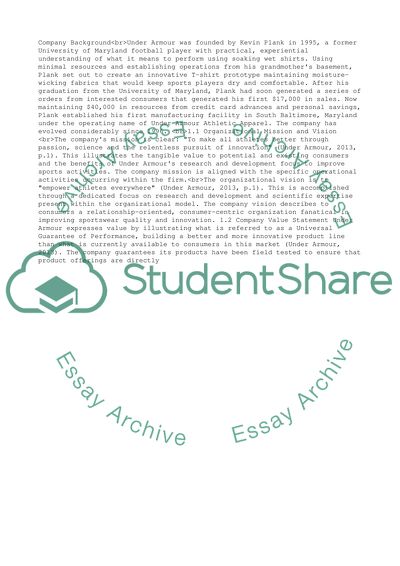Cite this document
(“Strategic Analysis: Under Armour Sportswear Essay”, n.d.)
Retrieved de https://studentshare.org/business/1467810-strategic-analysis-under-armour-sportswear
Retrieved de https://studentshare.org/business/1467810-strategic-analysis-under-armour-sportswear
(Strategic Analysis: Under Armour Sportswear Essay)
https://studentshare.org/business/1467810-strategic-analysis-under-armour-sportswear.
https://studentshare.org/business/1467810-strategic-analysis-under-armour-sportswear.
“Strategic Analysis: Under Armour Sportswear Essay”, n.d. https://studentshare.org/business/1467810-strategic-analysis-under-armour-sportswear.


